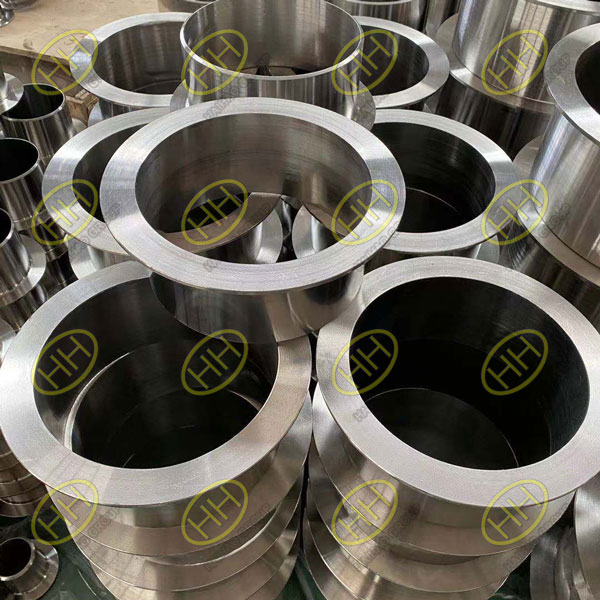Duplex stainless steel order from Indonesia
Following the previous article, I continued to introduce the progress of the Indonesian order. After reaching an agreement with the customer to do ASTM G48 C experiment, the customer proposed to change it to ASTM G48 A. You must be curious about why the customer modified the test method. After I briefly introduce ASTM G48 A method, you should be very convenient to understand the intention of the customer.
Method A – Ferric chloride pitting corrosion test
Pour 600mL ferric chloride solution into 1000mL test beaker. If the sample is larger than the standard, then according to the sample.
The surface area provides a solution of at least 5mL/cm2(30mL/in2) capacity. Transfer the beaker to a constant temperature bath and test the solution.
Achieve the desired constant temperature. The recommended temperatures for experiments are 22±2℃ and 50±2℃.
At the end of the experiment, each sample should be weighed to an accuracy of 0.001g or higher. At the end of the experiment, the results are judged according to the weight lost.
The biggest difference between ASTM G48A and C lies in the temperature. The customer needs to specify A temperature of 50 degrees Celsius this time. Because the final application site of the product is A rubber factory, and the actual application temperature is very high, the customer worries that the product can not be applied to high temperature, so he requires to change to ASTM G48A. The customer not only requires to test the weightlessness of the sample, but also requires to check whether there are pitting spots. If there are pitting spots, the experiment can be judged as failure. Only when there is no weightlessness and pitting, can it be considered as success.
This requirement can be said to be very strict, more strict than the requirements of signing the contract at the beginning, but in order to meet the requirements of customers, our company will do our best.
The second part introduces the specific situation of the experiment in detail, what difficulties we encountered and how to solve them.

